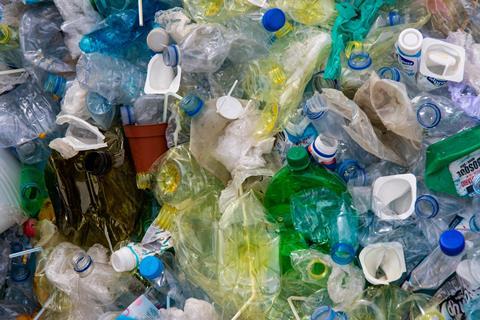
Numerous key messages emerged from COP27, many of which cast long shadows of gloom on global efforts to redress the climate crisis.
Sander Defruyt, who leads the New Plastics Economy Initiative at the Ellen MacArthur Foundation, claimed any progress on increasing the use of recycled plastic had been completely undone by the sheer growth of overall packaging use. Defruyt pointed to a number of multinationals whose “global commitment” to cut plastic waste has faltered, while their use of virgin plastic has escalated since 2018.
Brands play a vital part in the waste management journey, and design for recyclability is one of their key responsibilities. The fact is, every organisation across the entire supply chain has a crucial role to play. If any one cog in the system falters, the entire infrastructure risks failing.
Redcycle is a perfect example of such a scenario. The collection of soft plastic from supermarkets had been an unprecedented success, but the infrastructure to manage this waste had not been thoroughly planned out, and the imbalance across the supply chain caused the system to collapse.
To succeed, we need a concerted and coherent effort where every sector in the supply chain shoulders the responsibility.
As I have said previously, supermarkets play a vital part in influencing both consumers and suppliers, and their part in the fight against climate change is closely bound to all other players in the supply chain. Yet we still have a long way to go.
A recent survey by Greenpeace found UK households throw away nearly 100 billion pieces of plastic packaging a year. According to this survey, only 12% of the single-use packaging used by households is sent for recycling.
It will come as no surprise that the bulk of all meat, fish, poultry, fruit and vegetable trays, as well as soup, ice cream and yoghurt pots – not to mention delicatessen takeaway tubs – are what makes up 83% of the plastic waste UK households are throwing away instead of recycling. In truth, this post-consumer packaging should be seen as low-hanging and valuable (recycling) fruit.
This is what we should be doing to fix the system.
Keep it simple
There is a tendency to focus on the complexities. The latest regulations to come out of the European Commission have shifted the regulatory space for those dealing with food-grade plastic, yet they don’t alter the fact we need to focus on simple solutions to kick-start the process.
In effect, we need to emulate PET’s recycling success story with the wide gamut of polypropylene (PP) plastic packaging that protects our food. We need to do this because, despite the fact 20% of the world’s virgin plastic production is PP, this prolific polymer represents only 10% of the global annual capacity of recycled polymers of over 45 million tonnes. Of this tonnage, some 20% is food-grade rPET compared with just 3% of food-grade PP [ICIS Mechanical Recycling Supply Tracker].
Demystify the solution
There are two fundamental stages required to achieve high-quality recycled food-grade PP. The first is to capture the post-consumer PP packaging, and the second is to decontaminate it to the required EFSA and USFDA approved standards.
Starting with the retrieval of the post-consumer PP packaging, we are already faced with the first hurdle: how best to ensure the packaging sorted was previously used for food.
In our rush to achieve circularity for plastic, we appear to have overlooked a burning question: what is the key purpose of sorting? In this instance, we need to focus on what recyclers require to achieve the most efficient plastic circularity.
The current perception is the greater the granularity of data gathered around a pack, the more effectively post-consumer plastic waste will be recycled. This is a myth.
If the purpose is to separate food from non-food, this is only required for PP packaging. PET separation is already largely achieved via deposit schemes. Furthermore, there is no food-grade recycling process for LLDPE/LDPE and HDPE to date in the EU. This means the only specific food/non-food separation required should be applied specifically to PP products, and not on any other polymers. In this case, the only granularity required beyond PP confirmation is the food/non-food split.
A simple, cost-effective and invisible marker on the packaging label, such as that proposed by Polyprism, is more than sufficient and commercially available to brand owners right now.
Solve the missing link
The next step is to decontaminate the sorted plastic packaging.
Until recently, this was the missing link in the world’s quest to achieve recycled food-grade PP from post-consumer waste. Now, having recently completed a study of background contamination of post-consumer PP packaging for submission to the EFSA, USFDA, and UK FSA, we are well positioned to update the current understanding of risk management and recycling food-grade recycled polyolefins.
This means we are on the cusp of validating the powerful decontamination technologies that will meet the stringent food safety requirements around food-contact recycled PP.
Strike ahead
None of us can afford to falter in our efforts to save the planet. Neither can we blame a lack of technology. We need to forge ahead with the least complex, most efficient solutions that are already commercially available, and continue developing new technologies to incrementally improve the way we manage our resources.
In the meantime, every facet of the supply chain needs to step up to their individual roles. Supermarkets are a fundamental part of this supply chain, and one that has the potential to turn waste management into a powerful endeavour to save our planet.














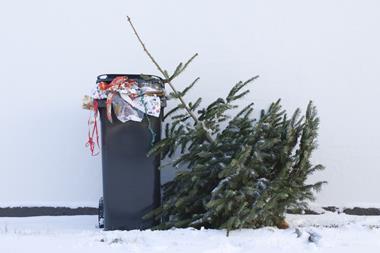

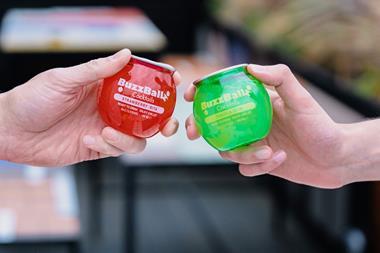
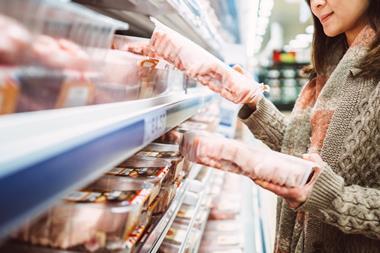
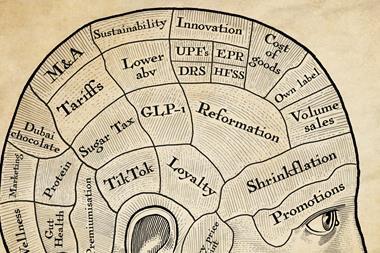
No comments yet